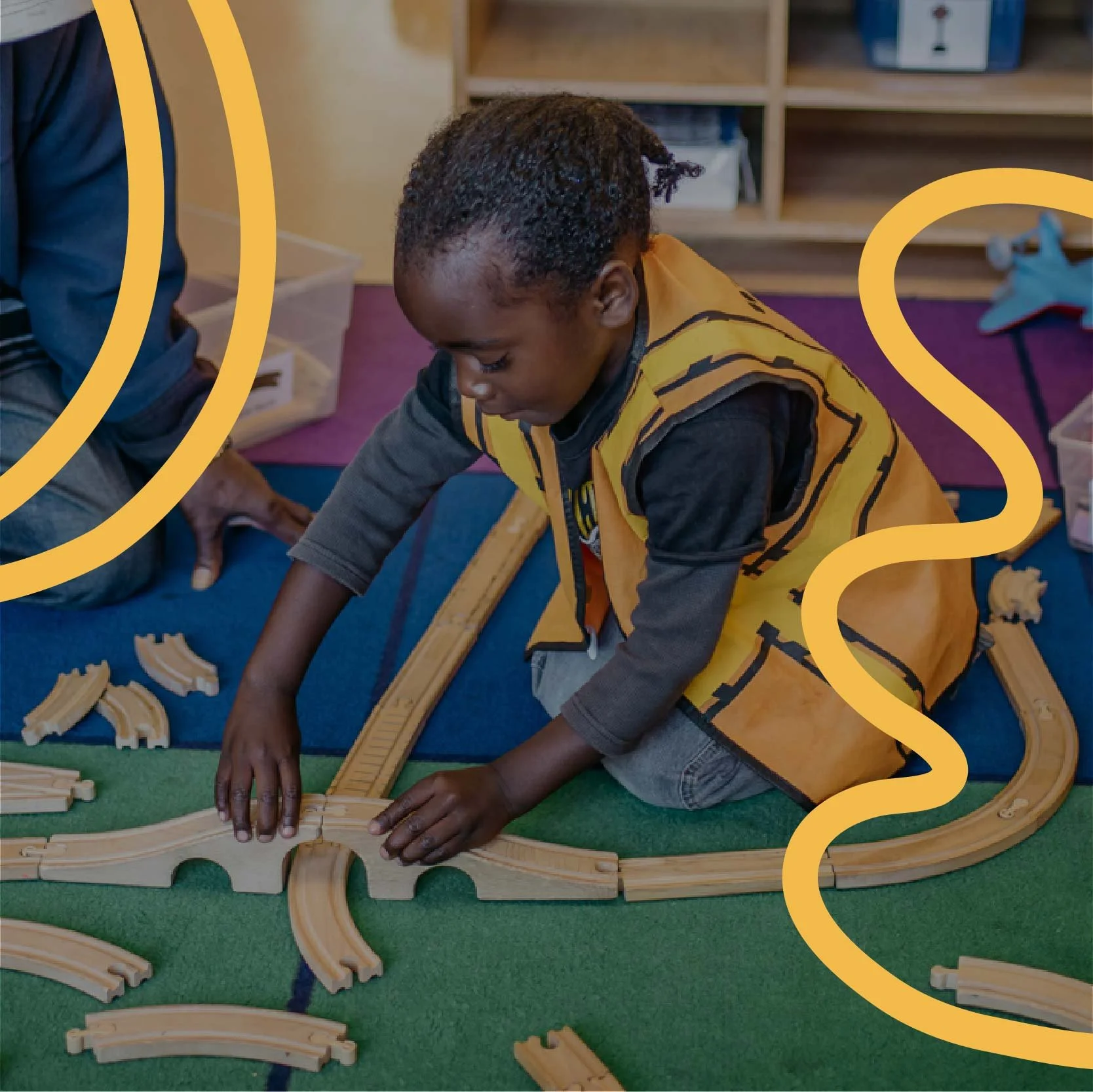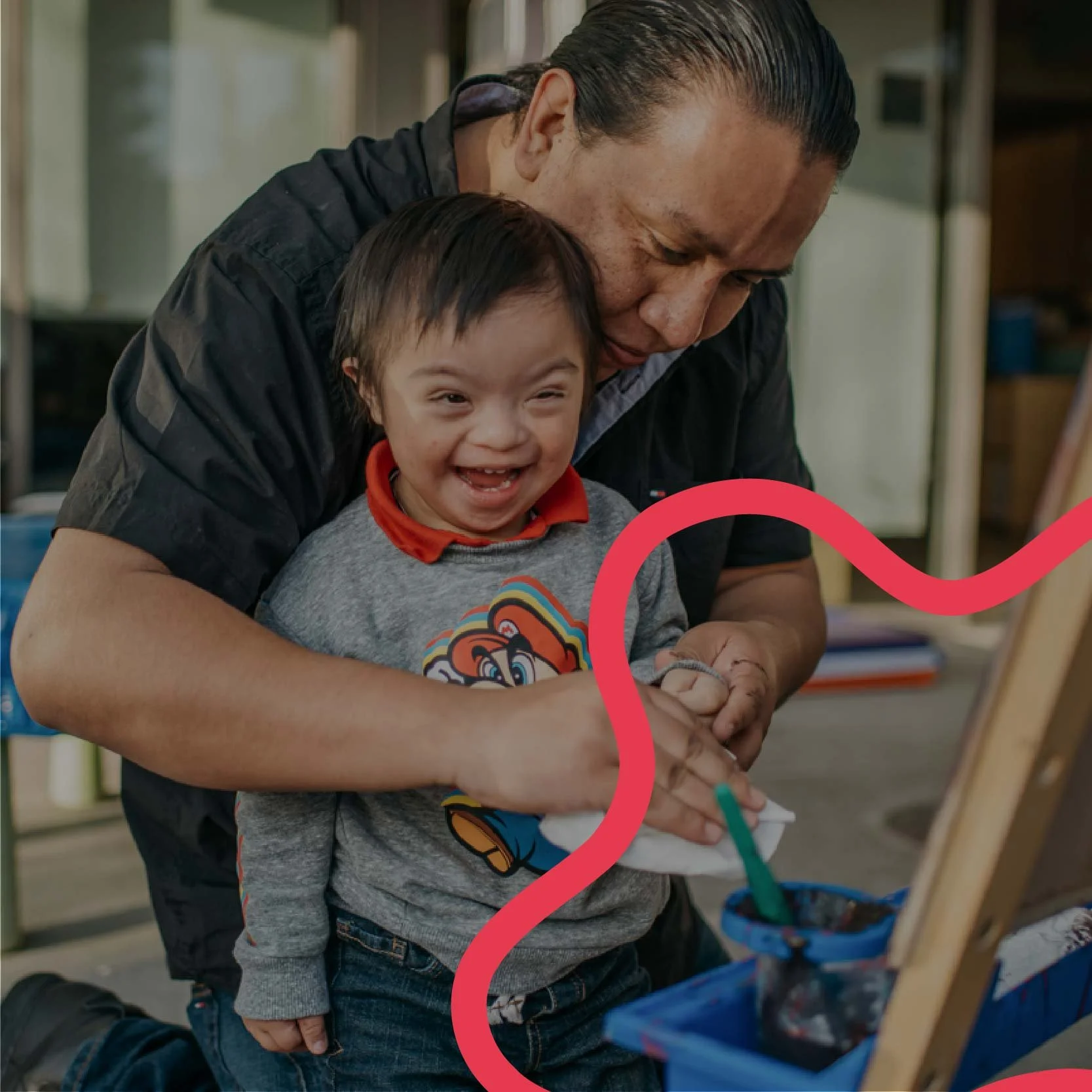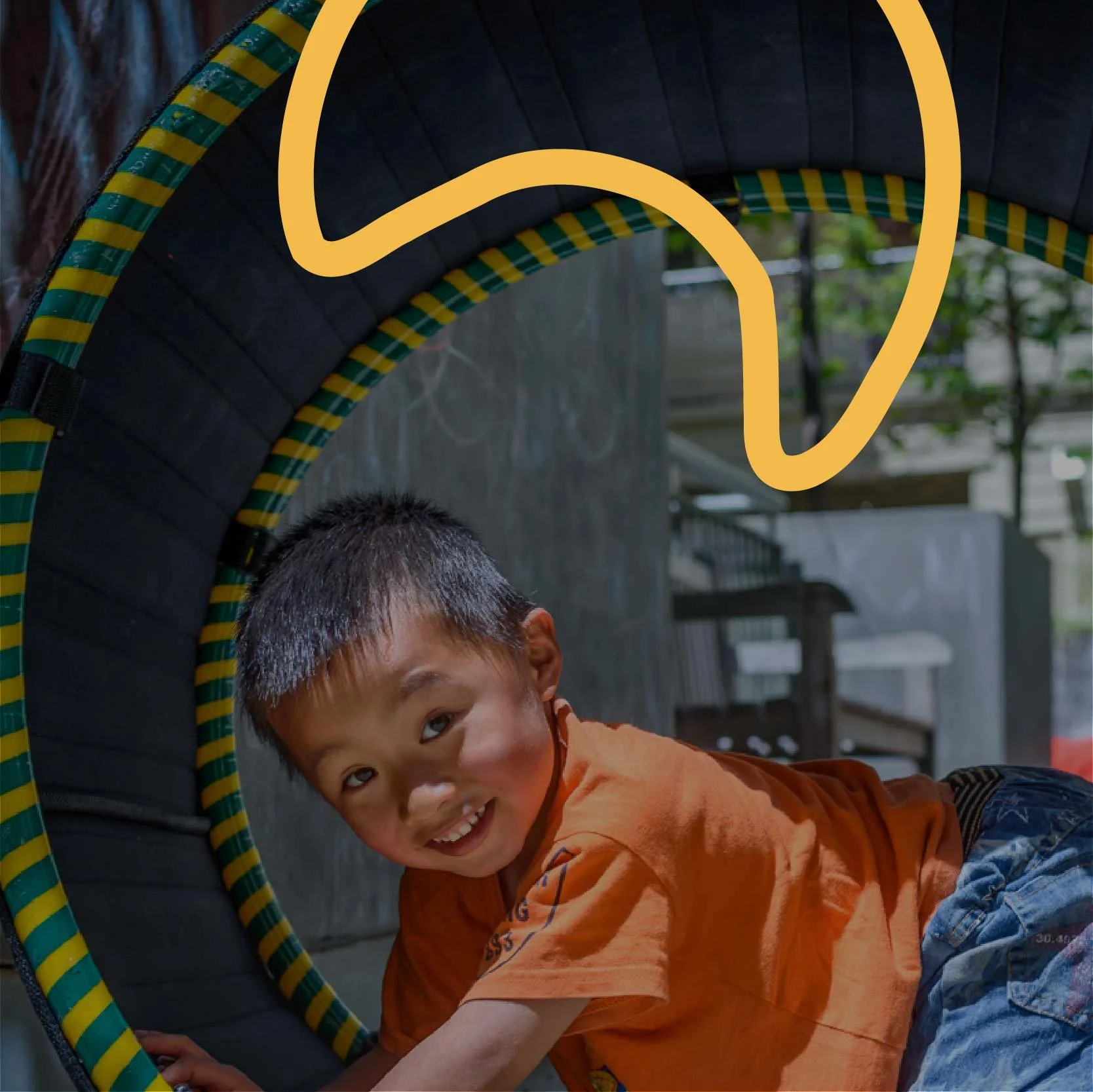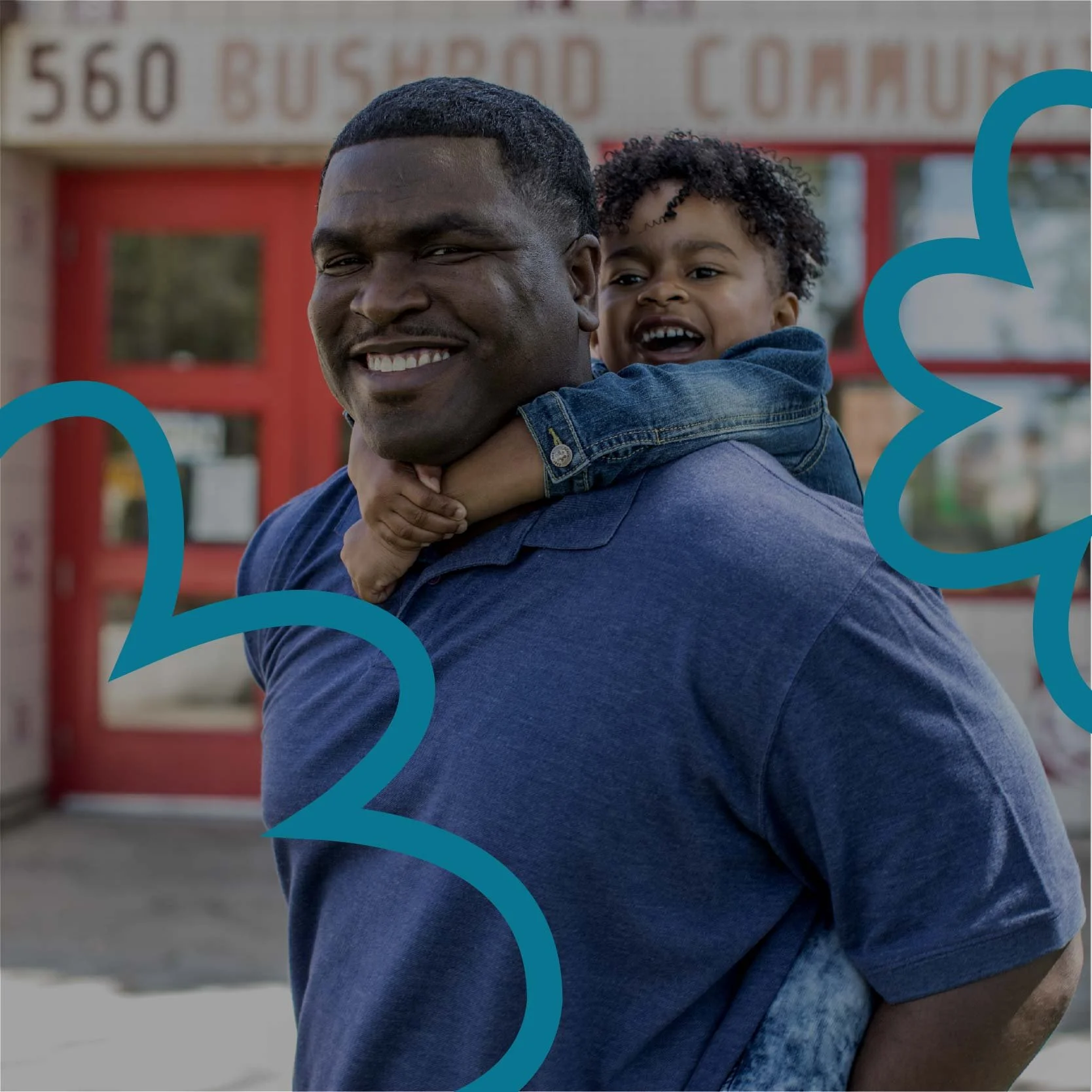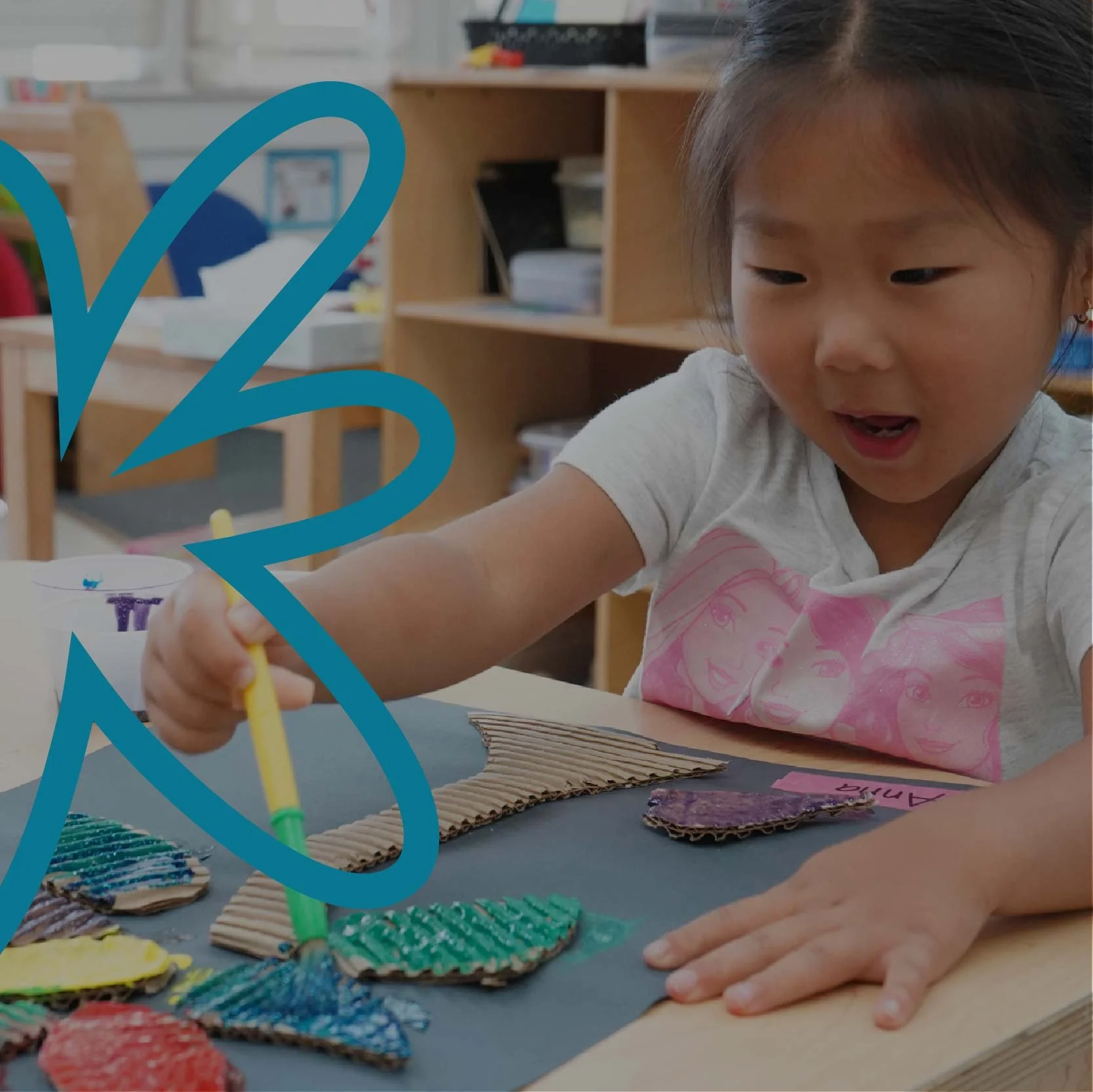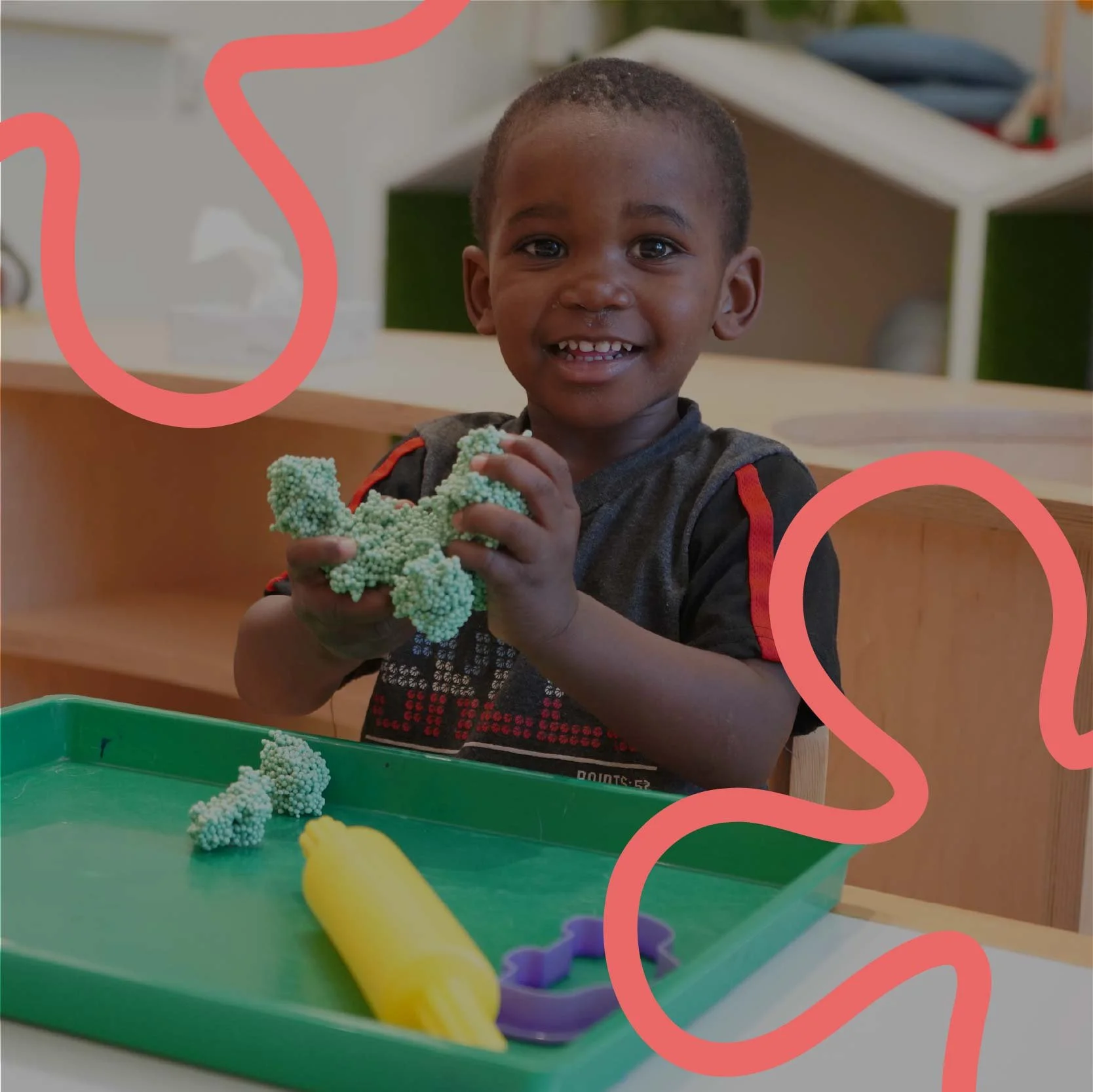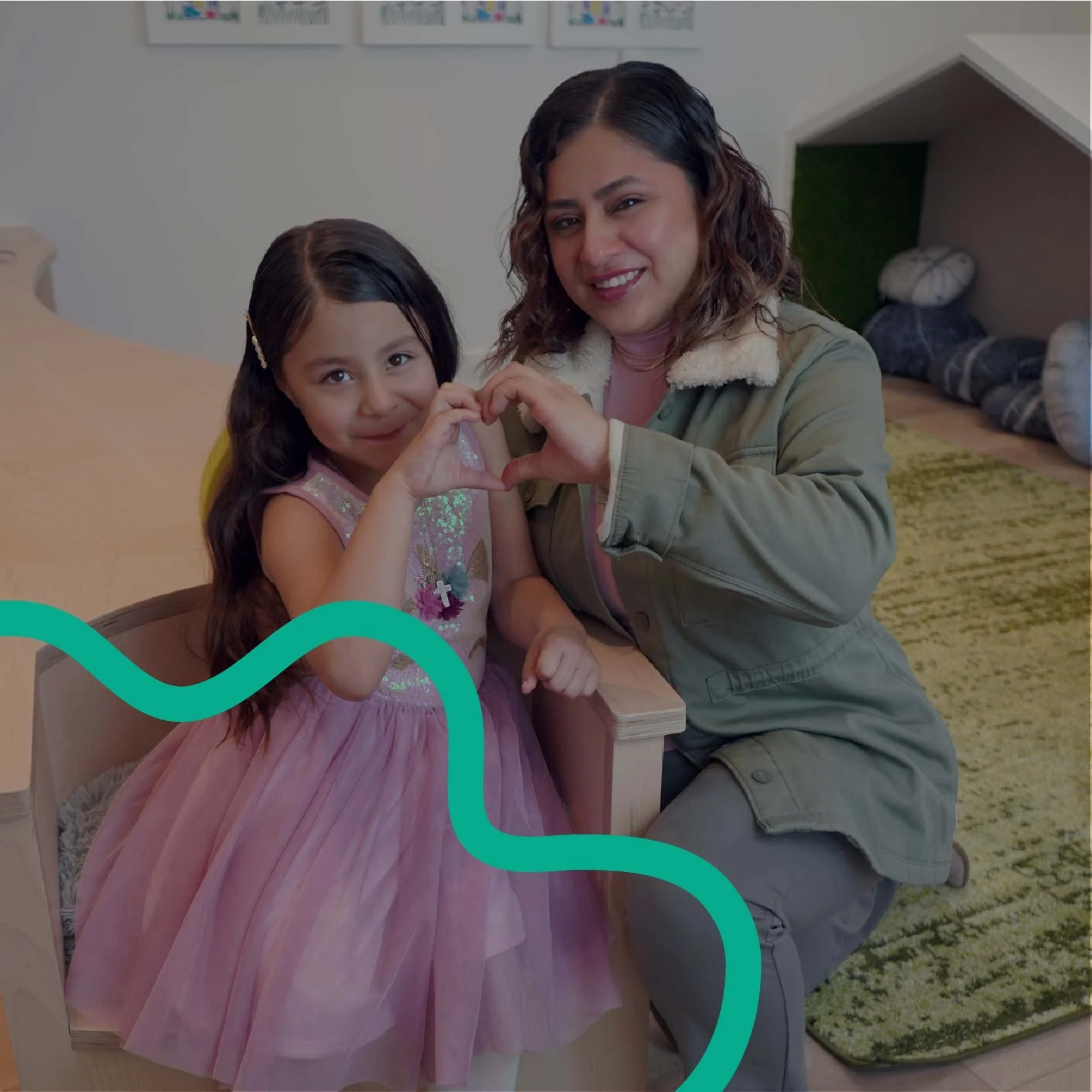
Considering my child and my family’s needs.
What should I be thinking about when it comes to my child and my family to determine the best option for us?
You know your child best and care deeply for them. That’s why you’re here.
We see you and you’re doing great.
Considerations
As you consider your options, it’s important to think about the learning environment as well as your child’s temperament and needs in group settings. You also want to consider what needs your family has regarding cost, location and hours of any program.
What’s important is that you know what matters most to you, which environment would be for your child and would work best for your family.
Cost
-
The best way to find out if you qualify for low to no-cost programs is to contact your local Child Care Resource and Referral Agency (link to page with their info). Note that depending on the program, the hours and summer programming may not meet the needs of families needing full-time and year-round care. It is important to understand the level of care provider before enrolling. Below is information on low to no-cost programs for your three or four-year-old:
Free for All Families:
Transitional Kindergarten through the local public school.
Free or Low Cost for Eligible Children:
Head Start
School District Child Development Centers and Preschools
California State Preschool Programs (CSPP)
California General Childcare Programs (CCTR)
Child care vouchers and other financial assistance for those who qualify may be available for the below programs:
Private preschools and child care centers
Family Child Care Homes
Nannies or Babysitters
Family Friend and Neighbor Care
Age Eligibility and Toileting Requirements
-
For Transitional Kindergarten (TK), all children who will be four years old by September 1, 2025, are eligible to enroll.
There are no toileting requirements for school district Transitional Kindergarten programs or state funded or Head Start programs. However, other programs may require your child to be toilet-trained prior to enrollment.
Hours and Before and After School Care
-
Some offer part-day or full-day options, while others provide before- and after-school care to support working families. If you need extended care, look for programs with wraparound services or partnerships with school-age programs. For summer, some Pre-Ks close, while others offer year-round care or summer camps. Be sure to ask about schedules, closures, and whether care aligns with your family's needs.
Children with Disabilities
-
Ask if the Pre-K offers inclusive classrooms, individualized accommodations, or specialized services such as speech therapy or behavioral support. Programs should be welcoming, accessible, and willing to collaborate with you and any specialists working with your child. If your child has an Individualized Family Service Plan (IFSP) or an Individualized Education Program (IEP), discuss how the program will meet their specific needs.
Multi Language Learners
-
Some programs offer dual language immersion, while others provide English language support alongside culturally responsive teaching. When choosing a Pre-K, ask how they support multilingual learners, whether home languages are encouraged, and how teachers foster communication and learning in both English and other languages spoken by your child.
Location and Transportation
-
A location near your home or workplace can cut down on stress. Some programs will charge parents a late fee if they arrive after closing time for pick-up. Therefore, finding a location that is convenient is important.
While some communities provide school bus transportation, most school districts in Alameda County do not provide transportation for children to and from school. There are exceptions for children who have disabilities, in some cases.
Types of Pre-K Programming
-
When choosing a program, consider your child's learning style, interests, and how the program's philosophy aligns with your family's values. Some common types include:
Play-Based: Focuses on learning through hands-on activities, exploration, and social interactions. Teachers guide children’s play to support their development.
Montessori: Encourages self-directed learning with hands-on materials in a structured environment that fosters independence.
Reggio Emilia: Child-led, project-based learning with a strong emphasis on creativity, collaboration, and exploration.
Waldorf: Developmentally appropriate, arts-integrated, and experiential approach that nurtures the whole child—intellectually, emotionally, physically, and spiritually.
Bilingual/Dual Language: Provides instruction in two languages, helping children build proficiency in both while developing cognitive and cultural skills.
School Readiness Activites
-
A high-quality program will support school readiness by developing:
Social-emotional skills (sharing, taking turns, following directions)
Language and communication (expressing needs, storytelling, listening skills)
Early literacy (recognizing letters, hearing sounds in words, enjoying books)
Math concepts (counting, sorting, recognizing patterns)
Fine and gross motor skills (holding a pencil, cutting with scissors, climbing, running)
Look for programs that incorporate a balance of structured and play-based activities to prepare children for the next step in their education.
Licensing
-
Licensed Care: These programs meet health, safety, and staffing regulations set by the state. This includes licensed child care centers and family child care homes. Licensing ensures background checks, staff training, and safe environments.
Licensed-Exempt Care: Some child care arrangements, such as small home-based care with relatives, friends, or neighbors caring for one family’s children, may be exempt from licensing. While these options can be more flexible, they do not have the same oversight as licensed programs.
When choosing care, ask about licensing status, staff qualifications, safety measures, and program structure to ensure your child receives quality care in a safe and nurturing environment.
AVAILABILITY
An important consideration when seeking a Pre-K option for your child is to find out about availability and if there is space for your child. Some programs have wait lists. In addition, while TK is required to be offered to all four-year-olds for the 2025-26 school year, some districts are not able to accommodate every child who enrolls. This is often due to a lack of teachers, staff, and appropriate facilities.
What’s next?
Now that you're ready to take the next step, connect with your local Child Care Resource and Referral Agency.




